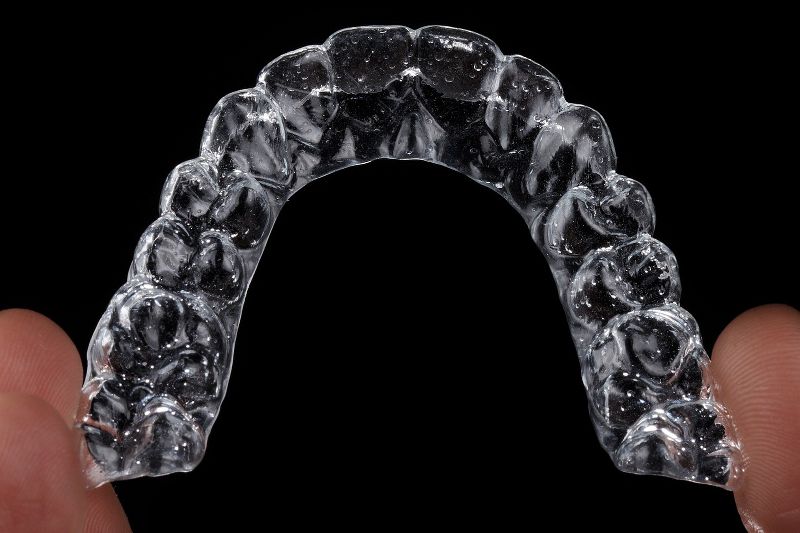
Visits: 26

There refractive surgery it is a revolution in the treatment of visual defects as myopia, hyperopia And astigmatism. With technological advancement, techniques such as PRK, FemtoLASIK And ReLEx SMILE they transformed the ability to improve vision through laser eye surgery. This article explores the key differences between these techniques to help patients choose the most suitable treatment and achieve optimal eye health.
PRK laser technique: what it is, how it works and its advantages
There Photorefractive Keratectomyotherwise called PRK, represents a milestone in refractive surgery, being one of the first effective methods for the correction of refractive defects such as myopia, hyperopia, and astigmatism. The core of this technique is the use of excimer laser, a precision instrument that selectively removes tiny portions of the corneal surface (epithelium), changing its curvature to improve vision measurement. Unlike later methods such as LASIK, PRK does not require the creation of a flap in the cornea (corneal flap), which translates into a potentially higher safety profile for the patient. By eliminating the need for a flap, the risks associated with post-operative complications such as displacement or injury of the flap itself are reduced. The process begins with a thorough diagnostic evaluation to determine the patient’s suitability for the procedure. Next, the corneal epithelium is gently removed, allowing the prk excimer laser to reshape the underlying cornea. Despite this refractive surgery may cause more marked post-operative pain than other laser techniques and requires a more gradual visual recovery, the final result is the permanent correction of the refractive error. PRK is particularly suitable for patients with thin corneas, who practice contact sports or for those who have contraindications to the creation of a corneal flap, offering an effective solution to improve vision without the use of intraocular lenses. Thanks to continuous technological advances and the experience gained by centers specializing in ocular microsurgery, PRK remains a reliable choice for patients wishing to free themselves from the dependence on glasses or contact lenses.
FemtoLASIK laser technique: what it is, how it works and its advantages
There FemtoLASIK, a cutting-edge technology in the field of refractive surgery, represents a significant evolution in the correction of visual defects such as myopia, hyperopia, and astigmatism. This method is distinguished by the use of two advanced lasers: the femtosecond laser and the excimer laserworking in synergy to offer a customized solution with unprecedented precision.
-
- The process begins with the femtosecond laserwhich creates a thin flap in the corneal surface with extreme precision (corneal flap). This step is fundamental because it allows access to the underlying part of the cornea without compromising its structural integrity, thus reducing the risk of complications associated with more invasive techniques.
-
- Subsequently, the excimer laser it is used to reshape the curvature of the cornea, correcting the refractive error with micrometric precision. The ability to shape the cornea based on the patient’s specific needs makes FemtoLASIK an optimal choice for those seeking optimal visual results.
One of the most appreciated aspects of FemtoLASIK is its rapid visual recovery. Patients can often experience significant improvement in vision almost immediately after surgery, with significantly improved post-operative comfort compared to other laser eye surgery techniques. THE advantages of FemtoLASIK include almost immediate visual recovery and less post-operative discomfort compared to PRK. This technique is ideal for the treatment of myopia, hyperopia and astigmatism, offering excellent visual results and rapid recovery times.
ReLEx SMILE laser technique: what it is, how it works and its advantages
There ReLEx SMILE represents the last frontier in refractive surgery, characterized by its minimally invasive nature andexclusive use of a femtosecond laser. This revolutionary technique corrects visual defects such as myopia and astigmatism by creating and removing a small lenticule of corneal tissue, without the need to create a corneal flap (flap). The extremely precise and controlled process begins with the application of the Visumax femtosecond laser to create a pre-calibrated corneal lenticule within the thickness of the cornea. Subsequently, through a small incision, always made with the same laser, the lenticule is delicately removed, modifying the curvature of the cornea and thus correcting the refractive defect. One of the major advantages of the ReLEx SMILE lies in its ability to offer a visual correction with lower risks of complications, including a significant reduction in the risk of post-operative dry eye, a common problem in other refractive surgery techniques. This benefit is especially important for patients who suffer from dry eye or who live in environments that tend to aggravate this condition. Furthermore, the ReLEx SMILE promises a quick recovery, allowing patients to return to their daily activities quickly, often already the day after surgery. The procedure, which takes about a few minutes per eye, takes place in an outpatient setting, making it convenient and accessible. The combination of high safety, minimal invasiveness and effectiveness in the treatment of common refractive errors makes ReLEx SMILE an ideal choice for those who wish to free themselves from glasses and contact lenses without the post-operative discomfort associated with other laser surgery techniques. These aspects, combined with the precision of the treatment, position the ReLEx SMILE as one of the most advanced and desirable options for vision correction in the contemporary ophthalmology landscape.
Comparison between techniques
The comparison between PRK, FemtoLASIK, and ReLEx SMILE techniques reveals a diverse panorama of options in refractive surgery, each with its own specific advantages, ideal for different types of patients and visual needs. The choice of one technique over the other is based on a careful evaluation of various factors, including the type and severity of the visual defect, the thickness of the cornea, and the patient’s personal preferences.
-
- There PRK it is often recommended for those who have thin corneas or conditions that make creating a corneal flap risky. This technique, being one of the first to be developed, offers a reliable and proven approach with a solid track record of safety and effectiveness. Although visual recovery may be slower and post-operative pain may be greater than with other techniques, PRK eliminates the risks associated with creating a corneal flap.
-
- There FemtoLASIK, on the other hand, uses cutting-edge laser technologies to offer very fast visual recovery and less post-operative pain, making it a popular choice among patients. The ability to customize the treatment with extreme precision significantly improves the quality of corrected vision, making this technique suitable for a wide range of refractive defects.
-
- There ReLEx SMILE, the most recent option among the three, stands out for its minimal invasiveness. Using a single femtosecond laser to create and remove a corneal lenticule, this “flap-less” technique minimizes the risk of complications, while offering rapid recovery and reducing cases of post-operative dry eye. SMILE is particularly advantageous for the correction of myopia and astigmatism, providing excellent results with minimal discomfort to the patient.
Conclusions
There laser refractive surgery offers several options for correcting vision defects, each with its own benefits and considerations. It is essential to consult specialized centers and undergo diagnostic tests in-depth information to determine the treatment best suited to your needs. With the right information and advice, you can choose the technique that will significantly improve your quality of life.


